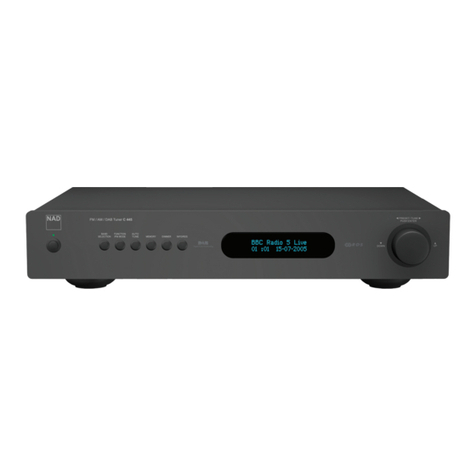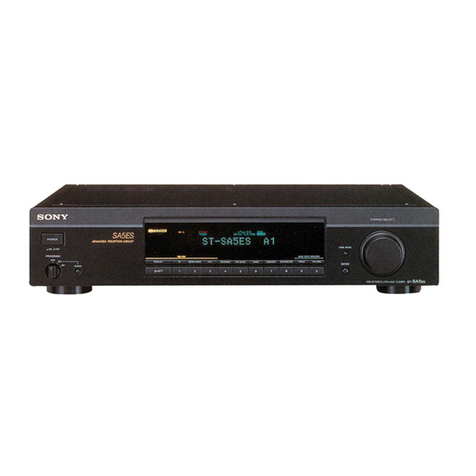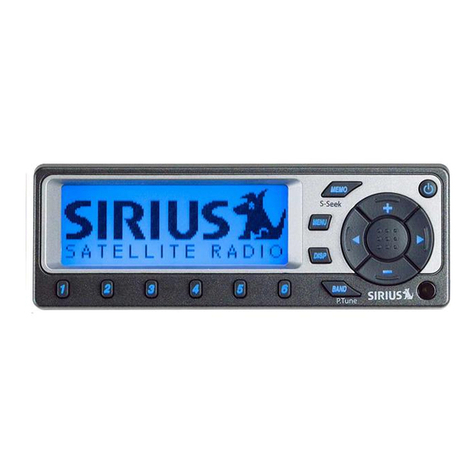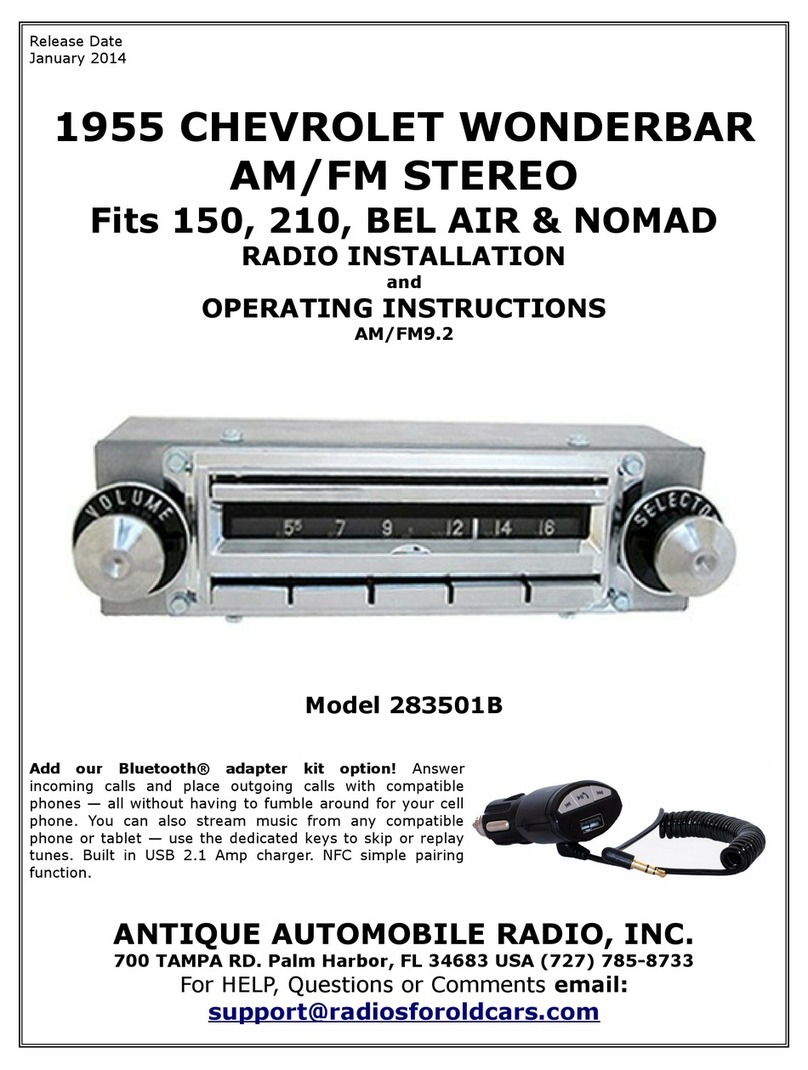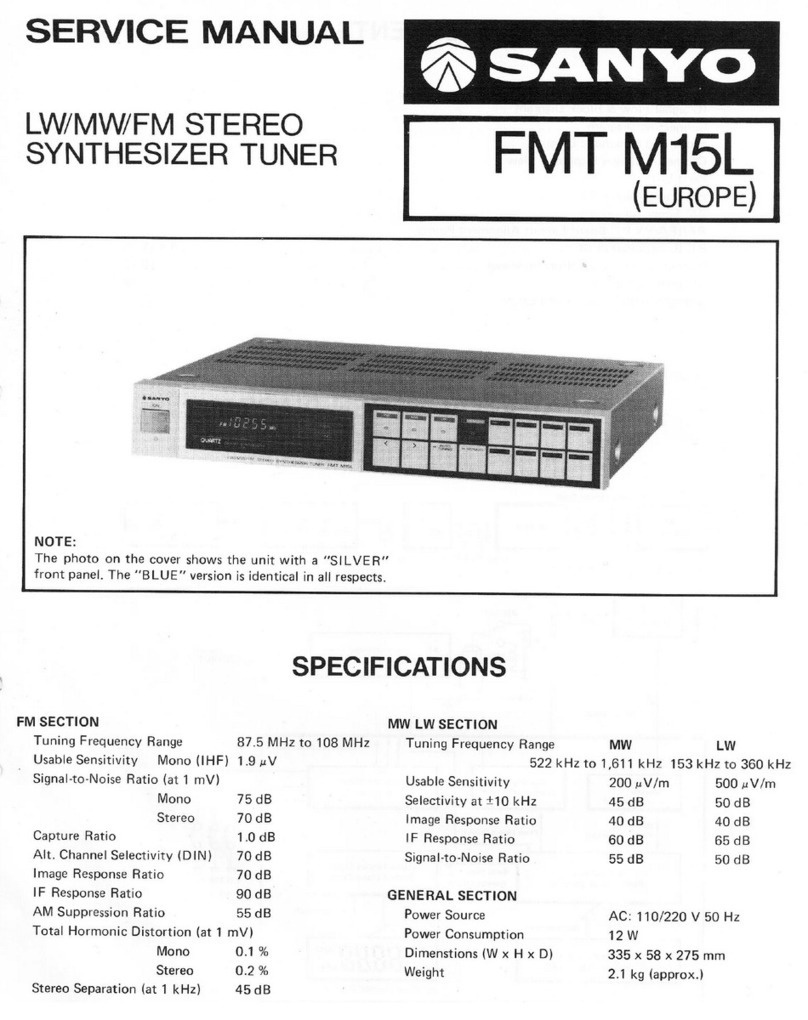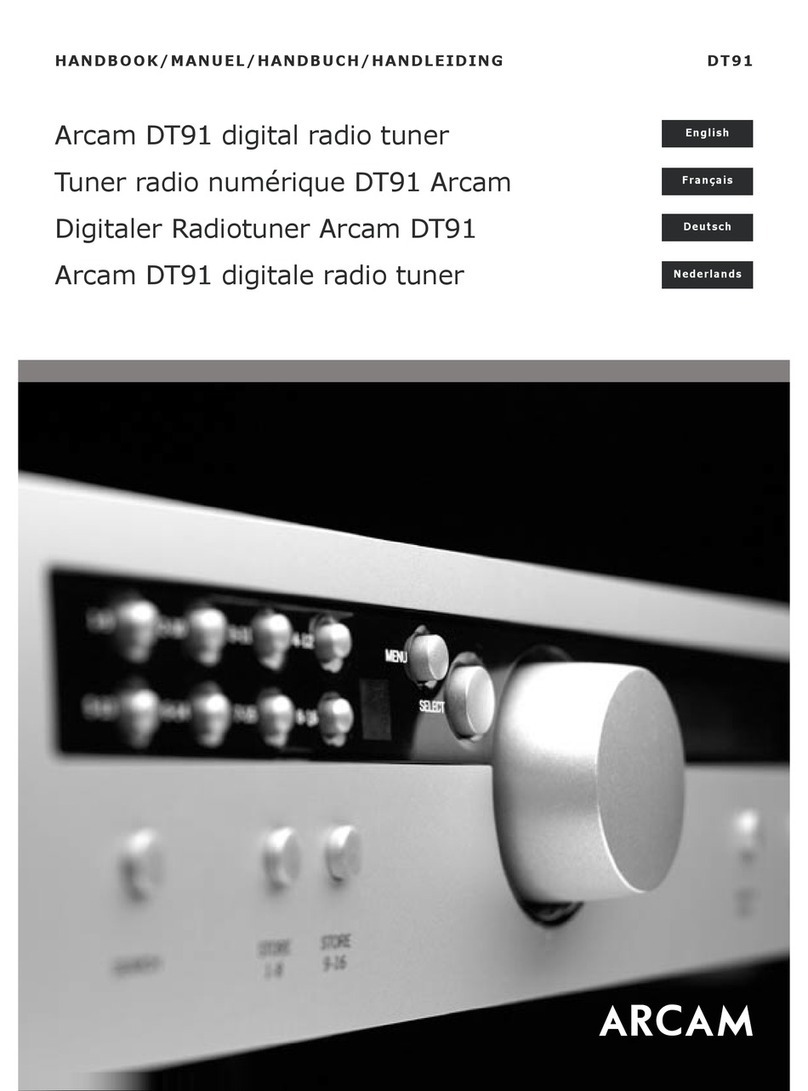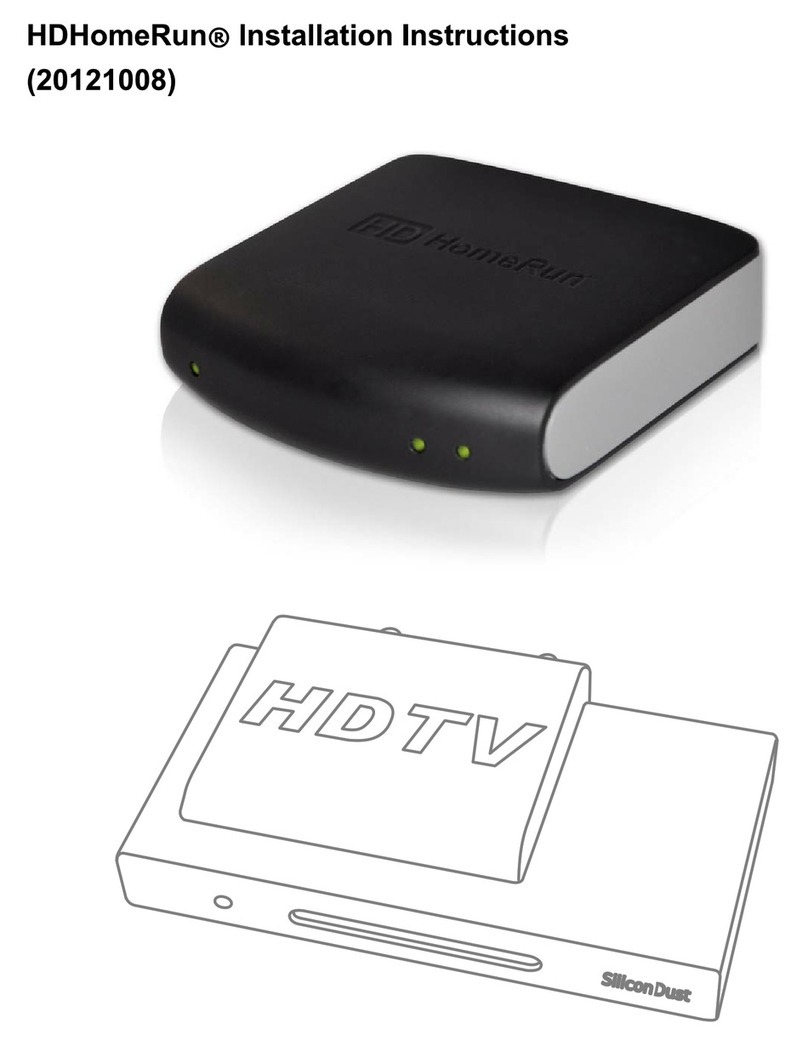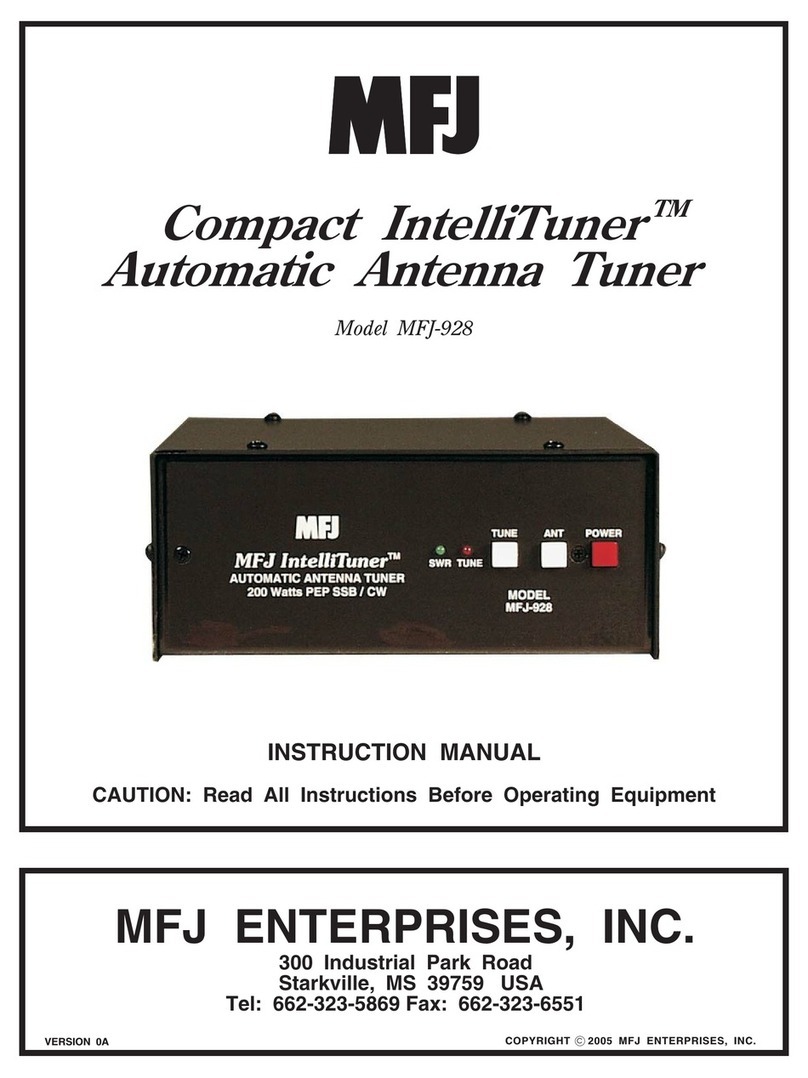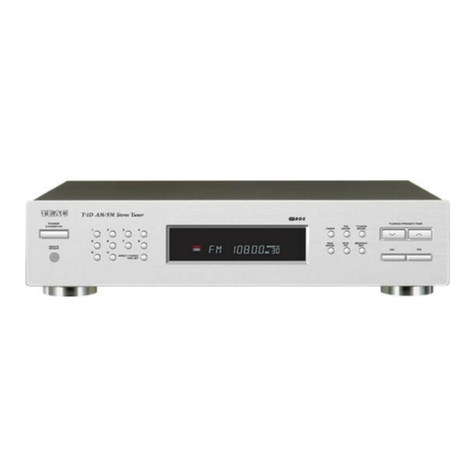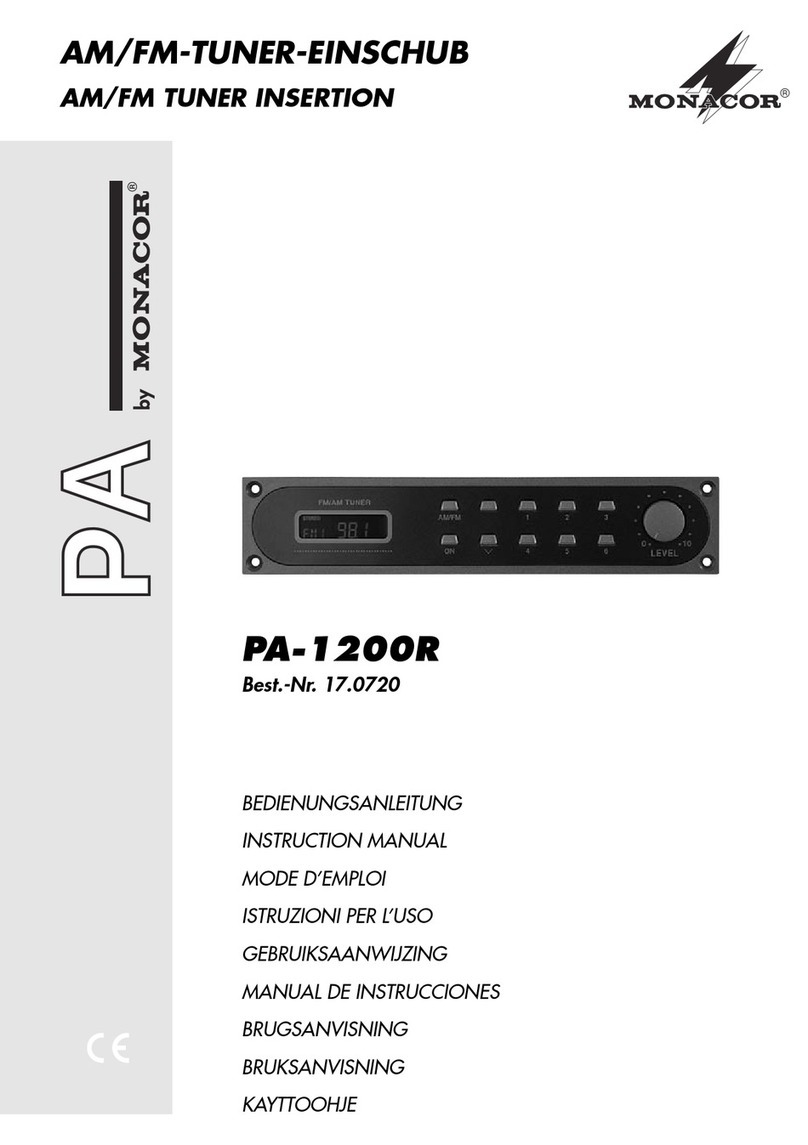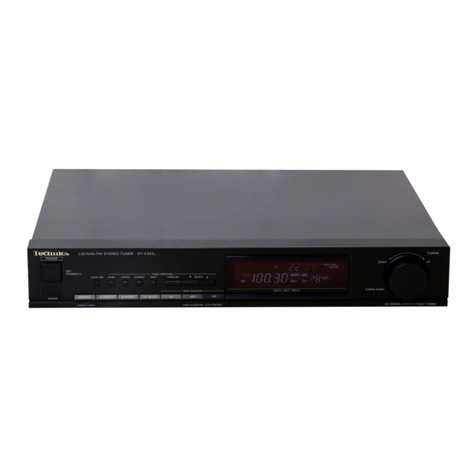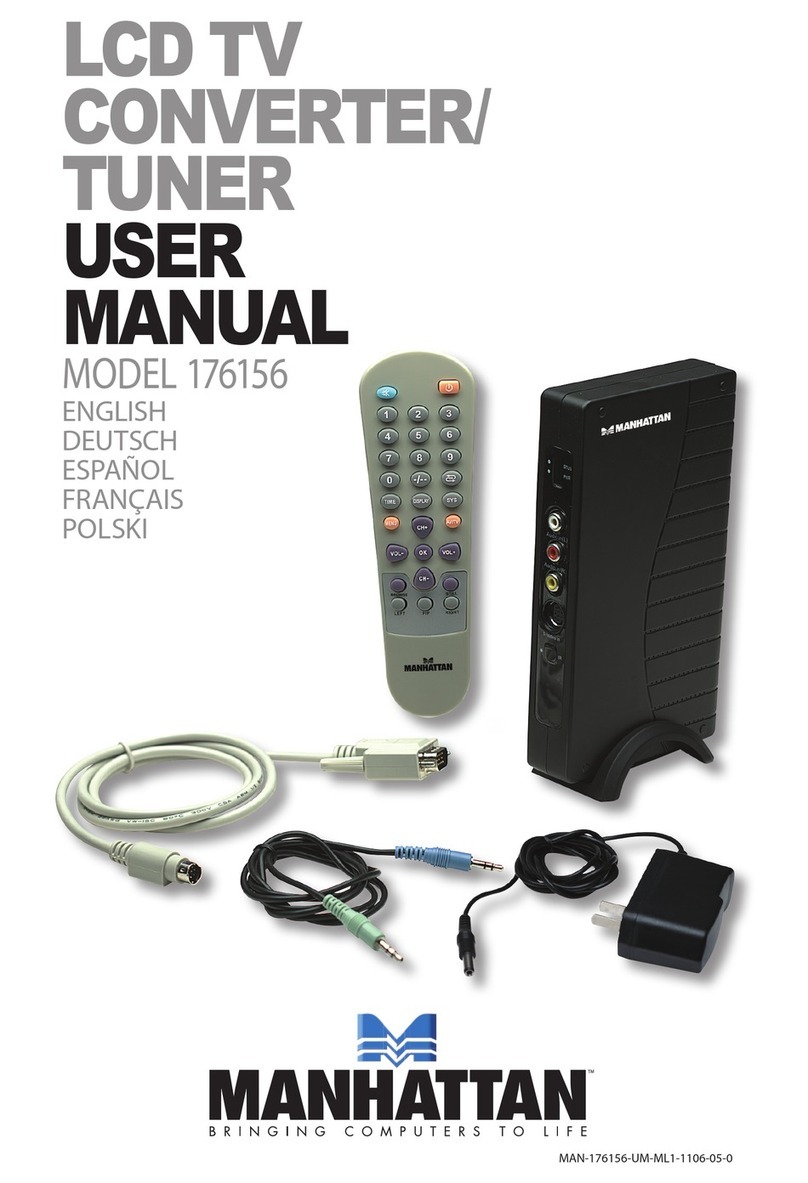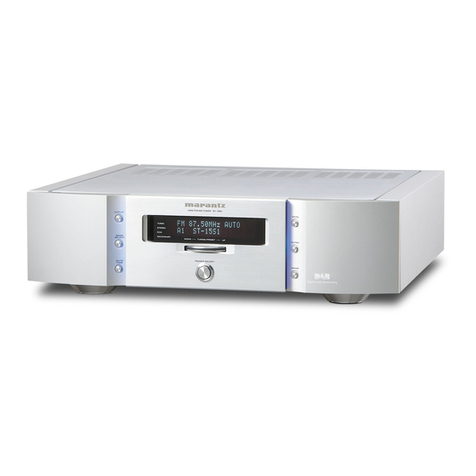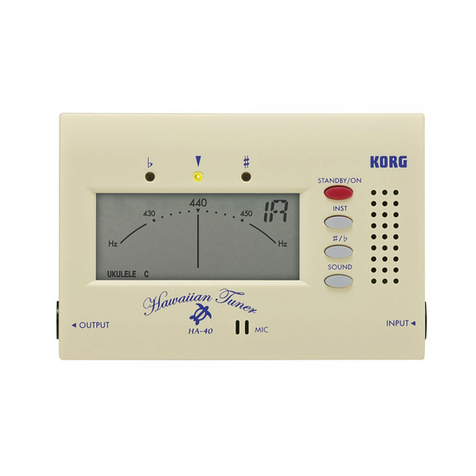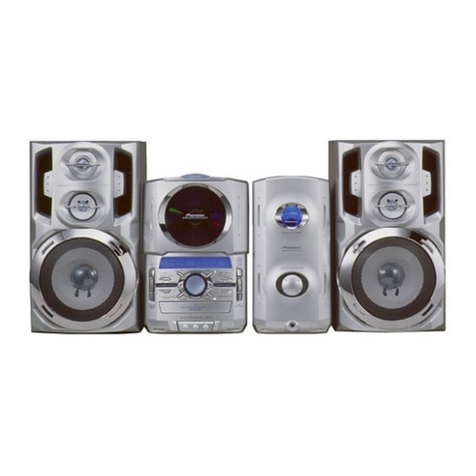Frequent asked questions
1. Will the STS-HF work in vehicles with Navigation?
YES; works in both Navigation and non -navigation radios with XM Tuner
2. My XM subscription has expired, will the STS-HF still work?
YES; as long as the XM Tuner (Module) is present the STS-HF will work.
3. My XM subscription is active. Will it be lost upon connecting the STS-HF?
Select “ACTIVE” to retain XM playback, or expired if no plans to renew. If XM is
currently expired but plan to renew in future, select “Active” otherwise XM
will not play upon renewal.
If XM has expired, an aux input jack is provided to which you may connect and play
any audio device with a 3.5mm jack.
4. How can I verify my 2005-11 STS has required XM Tuner?
Turn Radio “ON”, press “BAND” button repeatedly to cycle through AM/FM/CD/XM.
If only AM/FM/CD is displayed, your vehicle does NOT have XM Tuner and
therefore incompatible.
5. Can I install this module without removing the radio?
NO; you must remove radio from dash to gain access to the connectors.
6. Can I use steering wheel or radio buttons to control music playback?
NO; you must use included control button or audio device built-in control and
display to access/controls
7. Will I be able to place phone calls over Bluetooth?
YES, this module supports both Hands-free calls.
Disclaimer
• This product has no affiliation with GM
• We’re not liable for misuse of this product.
•We recommend professional installation
Email support@discountcarstereo.com
© 1995-Nov-19 Discount Car Stereo, Inc. All rights reserved. Information in this
document is subject to change without notice. Other products and companies referred
to herein are trademarks or registered trademarks of their respective companies or
mark holders.
